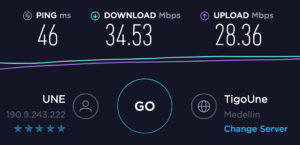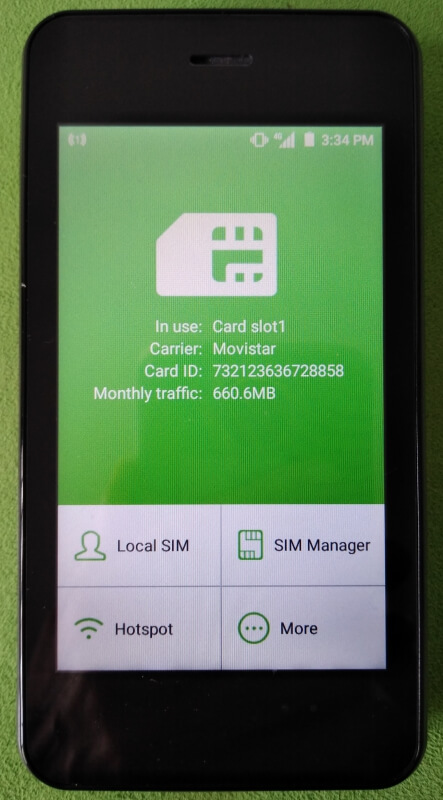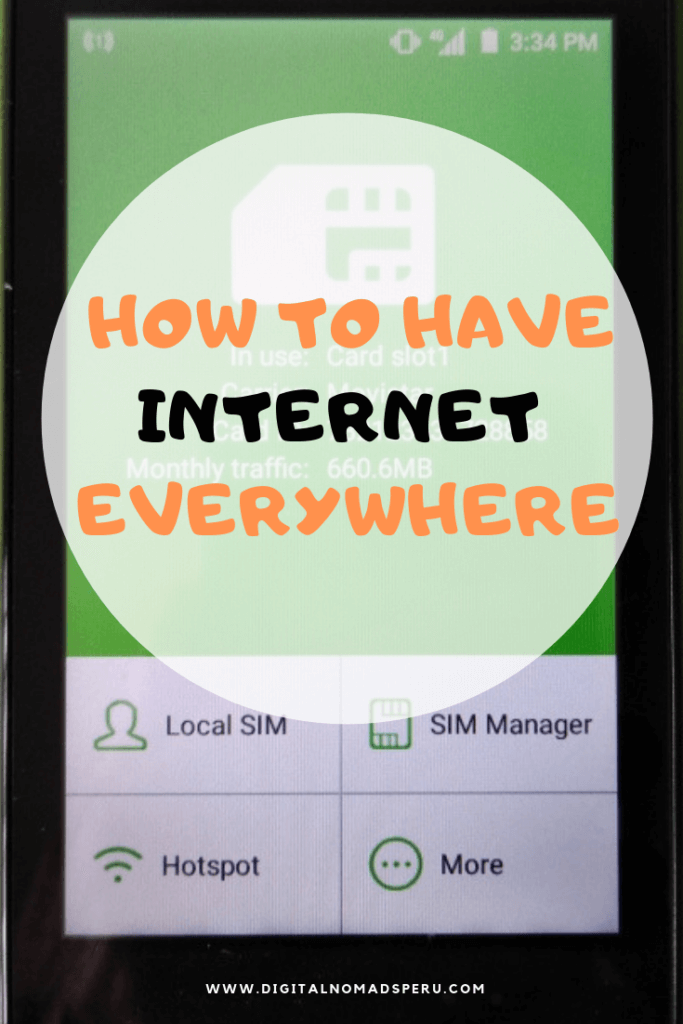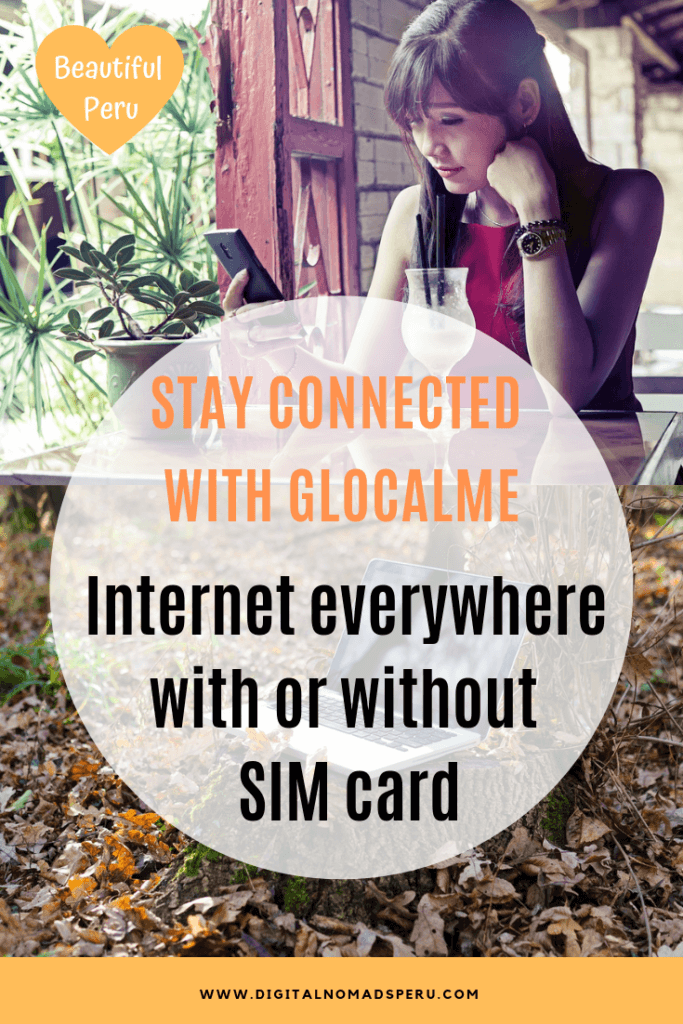
Internet is essential for digital nomads. Normally, I make sure that I book accommodation with good wifi. However, emergencies will occur. When I’m in Peru, I use my mobile phone as a hotspot. I have a good contract now so that’s pretty easy-going. But as soon as I leave the country, I’m in the same situation as you if you come to Peru as a digital nomad: I can either buy a local SIM card or rely on public wifi.
| This post may contain affiliate links, which help to maintain Digital Nomads Peru. Making a purchase by using any of these links doesn’t result in any additional costs for you, of course. Digital Nomads Peru is a participant in the Amazon Services LLC Associates Program, an affiliate advertising program designed to provide a means for sites to earn advertising fees by advertising and linking to Amazon.com. I only recommend goods and services I believe are useful and reliable. |
Why I avoid using public wifi
It may be practical to walk into a cafe, ask for the wifi password and start surfing the internet. Don’t fool yourself: It’s not safe. I’ve once been shown by a hacker how damn easy it is to get access to the data on my laptop when we’re in the same wifi network. I’ve been avoiding using public wifi since then. You never know who’s around.
Sure, most of the time nothing will happen and if you just do private stuff, it’s your own risk. But I’d never ever handle sensitive client data while working in a cafe.
Shared Airbnbs and co-working spaces are risky, too but less than public areas where everyone can come and go as they want and just use the wifi.
So what about VPN?
A VPN (Virtual Private Network) is a solution but you’ll have to pay a monthly fee for a good VPN. It may be an option for you if you need an IP address from your home country for some reason. However, you should be aware that every VPN slows down your internet connection. Sometimes even considerably. Well, and as we all know wifi in Peru and other Latin American countries is not the fastest in many locations.
What is GlocalMe?
A GlocalMe device is a mobile router. That means it will provide you with an internet connection using the mobile network of the country where you’re currently staying. It can connect up to 5 devices and also serves as a power bank. You can fully charge a cell phone up to three times. Normally, I don’t use the device all day long but when I do, the battery easily lasts the whole day and can be recharged at night.
The nice thing about GlocalMe is that it works without a SIM card without costing a fortune and without a subscription. You switch it on once your plane has landed and are online within 2 minutes. Every GlocalMe device comes with 1GB data which can be used worldwide.
Internet everywhere without SIM card
GlocalMe connects to the best local mobile network available in more than 100 countries. It promises 150mbps download and 50mbps upload speed. However, if this speed is simply not available in a certain country or area, your GlocalMe device cannot magically let it happen, of course. Just to give you an idea, here’s a speed test I did after arriving in Medellín/Colombia:

By the way, this speed test may help you to decide which carrier to choose for your local SIM card if you intend to buy one. In my case, my GlocalMe device connected to Tigo and download and upload speeds are really good.
In South America, GlocalMe works in all countries except for Paraguay, Suriname, Guyana and French Guayana.
For most countries, you can purchase data packages for 1 day (300MB), 7 days (1GB) or 30 days (3GB). The prices vary from country to country. For example, the 1GB package for Peru costs US$ 13.50 and the 3GB package costs US$ 23.50.
Normally, I buy a 7-days-package when I head to a new country and then get me a local SIM card. My GlocalMe device spares me the hassle to look for a place to purchase a local SIM card immediately after my arrival. Much more relaxed like this.
Using GlocalMe with a local SIM card

Using GlocalMe with a local SIM card is easy if the country where you purchase the card makes it easy for you.
In some countries, you’ll have to register the card and will need your passport (Peru, Argentina). In other countries, the vendor will quickly activate the card for you, no personal information needed (Colombia and Mexico, for example).
Your GlocalMe device will come with a small “clamp” (or whatever you want to call this) which will enable you to open the SIM card slot. You may have something similar for your mobile phone. Don’t lose it. At least I didn’t manage to open the slot with something else when I once misplaced my “clamp”. Today, the one from my mobile phone also works, though.
The GlocalMe device will work with two SIM card sizes. For me, placing the smaller SIM correctly into the slot works better for some reason.
As you can see in the picture on the left, the device shows you how much data you’ve already used.
In my experience, it doesn’t matter a lot which carrier you choose as long you stay in a big city.
If you plan to go to remote places, try to find out which carriers have the best coverage in a specific area. Expat groups on Facebook are a good option to get this kind of information.
As far as Peru is concerned, I wrote a comprehensive article about SIM cards in Peru which will hopefully help you to take the right decision.
Well, and the good thing about GlocalMe is that you can always switch between a local SIM card and a GlocalMe package.
How and where to buy the device
I bought my GlocalMe device one year ago at amazon.com but it’s available at all other Amazon sites, too. Amazon USA seems to offer the best price, though. Well, perhaps with the exception of certain Asian countries, that’s something I’m not familiar with.
I recommend buying the device before you leave for Peru (or any other country), less hassle.
However, if you’re currently in Peru or any other South American country, you can use grabr.io and a traveler will bring you the device from the US to Peru (works fine when you’re in Lima or Cusco).
If you want to be very nice, you can even give your traveler my affiliate link :-): https://amzn.to/2Uu7Tip
I’m an online teacher, can I use GlocalMe for my lessons?
As far as internet speed is concerned, this is possible. Don’t forget to run a speed test before you start a lesson. With mobile internet, the download speed tends to be lower and the upload speed higher compared to home wifi.
Unfortunately, data packages are not that cheap in Latin America. I bought 4 GB of data in Colombia for about US$ 15.
A one-hour video call with Skype uses up 700-800 MB. That means 5 hours equal to 4 GB and each lesson would cost you about US$ 3. Depending on how many hours a month you teach, this can quickly add up.
Other video conferencing programs like Zoom don’t need as much data and bandwidth as Skype.
If anyone who teaches ESL to Chinese children reads this and knows how much data you need for one of those lessons, please write in the comments and I’ll add the information here. I suspect it’s less than with Skype, too.
Alternatives
Mobile Routers
Mobile Routers work only with SIM cards. Many of them are only unlocked for certain regions or countries. For example, this Huawei router will only get you online in the Americas. Personally, I’ve never used a mobile router and now that I have my GlocalMe device which does exactly the same, it wouldn’t make sense to buy one, anyway. The only advantage I see is that they are the cheaper so it might be an option for people who plan to spend much time in the region where their mobile router will work.
SkyRoam
SkyRoam seems to be popular among digital nomads who often change countries and want to spare themselves the hassle of searching for a new local SIM card every couple of weeks or even days. Just like GlocalMe, SkyRoam connects to the local mobile network without requiring the use of a SIM card. However, the device itself is more expensive and the monthly subscription of US$ 99 for unlimited data is not cheap, either. I couldn’t find any info if the data is really unlimited at normal speed or if it slows down once you’ve used a certain amount of data. If you know, please tell me in the comments. If it’s really unlimited with high speed, SkyRoam is an option for people who need to do video conferences frequently.
Did you like the post? Then why not share it on Pinterest? Muchas gracias!


- Best cities for digital nomads in Peru - March 5, 2020
- Digital nomads and foreign languages - January 22, 2020
- Do I need an onward ticket to enter Peru? - January 4, 2020






Leave a Reply